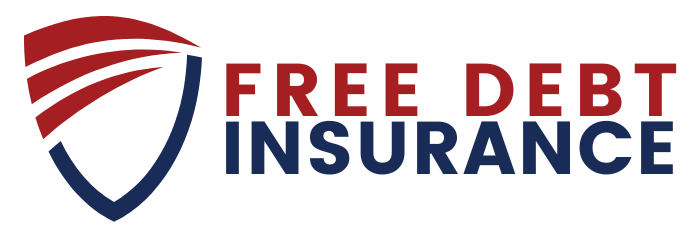
Why Your Business Needs Credit Risk Insurance
In this post, we’ll explore what credit risk insurance is, how it works, and why it’s a critical safeguard for businesses.


© 2024 Crivva - Business Promotion. All rights reserved.